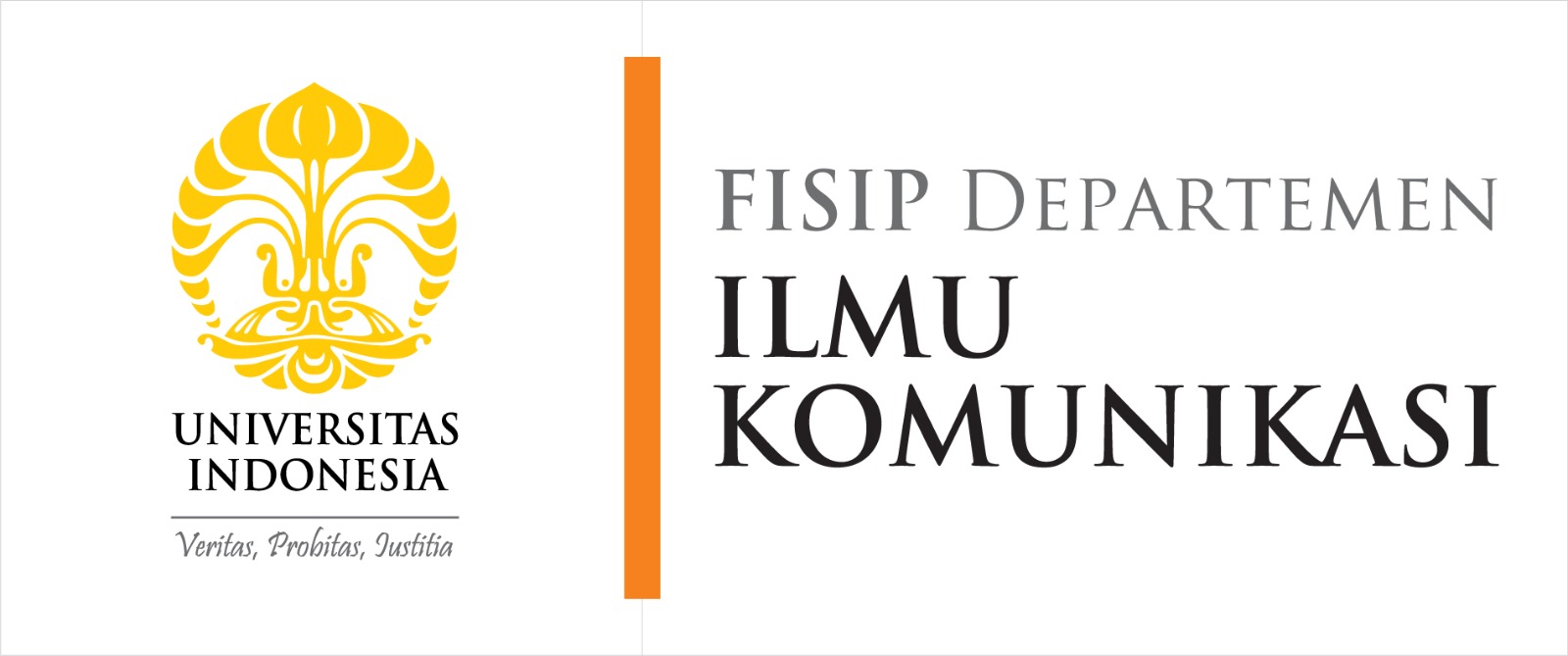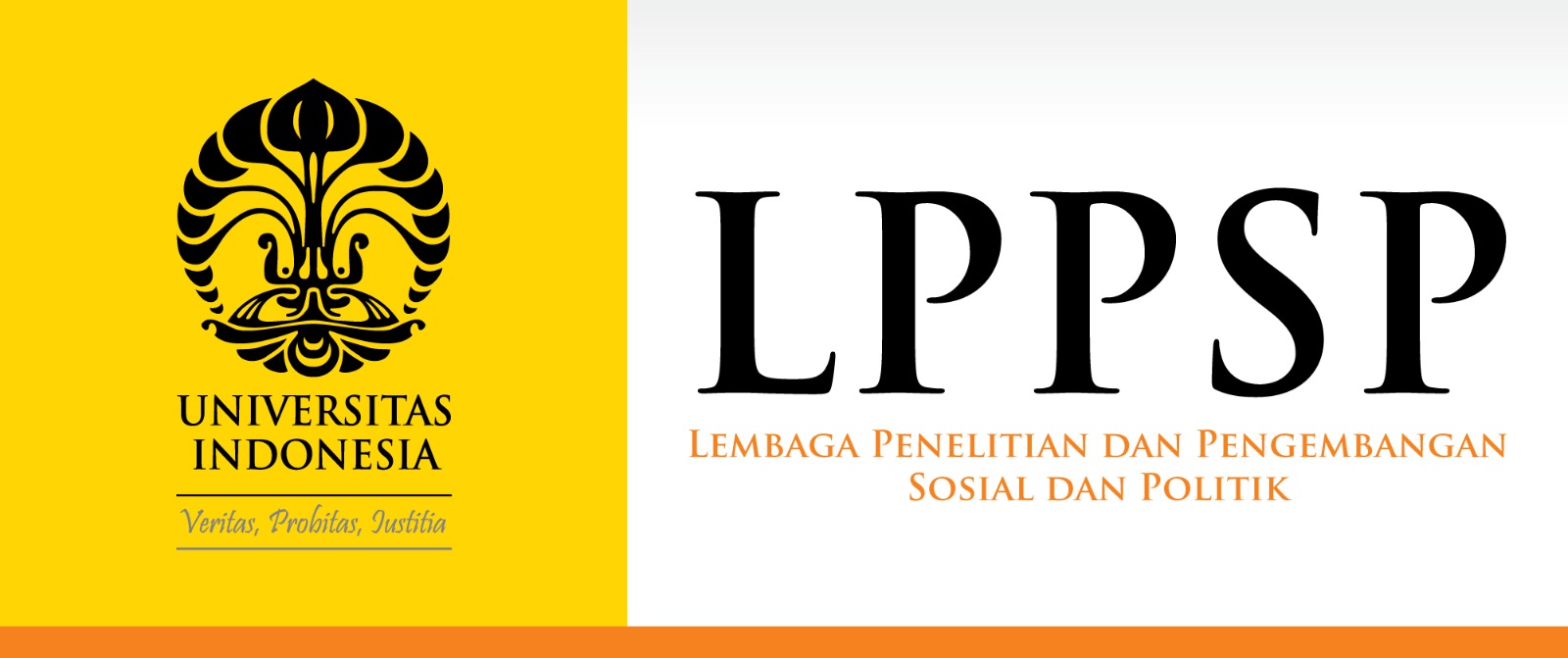JURNAL KOMUNIKASI INDONESIA
Abstract
This thesis examines the consumption practices of fashion culture and the meaning of TikTok content in the Citayam Fashion Week phenomenon. Scholars have studied cultural consumption as a factor that creates social class hierarchies based on cultural capital or tastes, including the consumption of fashion culture. Hierarchy in the practice of cultural consumption of fashion places the working class in an artistically inferior position compared to the elite class. The fashion tastes of the working class are considered to be economically limited and they primarily imitate the tastes of the dominant class. This assumption considers the cultural appropriation of working-class fashion as foreign and subordinate. Following this assumption, this thesis studies the trend of the Citayam Fashion Week phenomenon which is popular through social media TikTok. It researches Citayam Fashion Week participants who come from the working class. For this reason, this study analyzes the consumption practices of Citayam Fashion Week participants' fashion culture and how they interpret the trend of TikTok content in order to understand the phenomenon from the participants' side. This study shows that Citayam Fashion Week participants consume fashion culture in distinctive ways, namely by exploring fashion, pragmatic consumption, and passive consumption. Meanwhile, participants also have specific interpretations of TikTok content. From the findings, the study concluded that there is a social hierarchy in the Citayam Fashion Week phenomenon through the practice of consuming fashion culture and TikTok content trends. The fashion appropriation of Citayam Fashion Week participants is treated as something foreign and their representation and identity are determined by the dominant group. These findings show that consumption of fashion culture and TikTok content trends regarding Citayam Fashion Week perpetuate control of the class and economic positions by the dominant group.
References
Agustina, H. N. (2015, August 19). Hijabers: Fashion Trend for Moslem Women in Indonesia. International Conference on Trends in Social Sciences and Humanities (TSSH-2015) August 19-20, 2015, Bali, Indonesia.
https://doi.org/10.17758/ERPUB.ER815006
Bachmayer, T., Wilterdink, N., & van Venrooij, A. (2014). Taste differentiation and hierarchization within popular culture: The case of salsa music. Poetics, 47, 60–82. https://doi.org/10.1016/j.poetic.2014.10.004
Baktora, M. I. (2022). Asal Muasal Citayam Fashion Week Hingga Upaya Baim Wong Daftarkan Tren Ini Sebagai HAKI - Suara Jogja.
https://jogja.suara.com/read/2022/07/25/123000/asal-muasal-citayam-fashionweek-hingga-upaya-baim-wong-daftarkan-tren-ini-sebagai-haki
BARA Ze. [@bara_ze]. (2022). BARA Ze (@bara_ze) [TikTok Profile]. TikTok. https://www.tiktok.com/@bara_ze?lang=en
Bourdieu, P. (1984). Distinction: A Social Critique of the Judgement of Taste. Harvard University Press. Charmaz, K. (2014). Constructing Grounded Theory (2nd ed.). SAGE Publication Ltd. Charmaz, K. (2020). “With Constructivist Grounded Theory You Can’t Hide”: Social Justice Research and Critical Inquiry in the Public Sphere. Qualitative Inquiry, 26(2), 165–176. https://doi.org/10.1177/1077800419879081
Crane, D. (1999). Diffusion Models and Fashion: A Reassessment. The Annals of the American Academy of Political and Social Science, 566, 13–24.
Damaledo, Y. D. (2022). Fenomena Citayam Fashion Week Sudirman dan Mengapa Bisa Viral? https://tirto.id/fenomena-citayam-fashion-week-sudirman-dan-mengapabisa-viral-gt2b
Gemar, A. (2020). Sport as culture: Social class, styles of cultural consumption and sports participation in Canada. International Review for the Sociology of Sport, 55(2), 186–208. https://doi.org/10.1177/1012690218793855
Hakim, R. N. (2022). Saat “Citayam Fashion Week” Jadi Magnet bagi Model Profesional... Halaman all - Kompas.com.
Hall, S. (1980). Encoding/decoding. In S. Hall, D. Hobson, A. Lowe, & P. Willis (Eds.), Culture, Media, Language. Routledge.
Hebdige, D. (1979). Subculture: The Meaning of Style. Routledge.
Hebdige, D. (2004). Subculture: The Meaning of Style. In J. Rivkin & M. Ryan (Eds.), Literary Theory: An Anthology (2nd ed.). Blackwell Publishing Ltd.
Hood, J. C. (2007). Orthodoxy vs. Power: The Defining Traits of Grounded Theory. In A. Bryant & K. Charmaz (Eds.), The Sage Handbook of Grounded Theory. SAGE Publication Ltd.
Hurley, Z. (2022). Middle Eastern women influencers’ interdependent/independent subjectification on Tiktok: feminist postdigital transnational inquiry. Information, Communication & Society, 25(6), 734–751.
https://doi.org/10.1080/1369118X.2022.2044500
Ibrahim, R. A., & Leba, E. E. (2022). “Kami Cuma Butuh Ruang...” - Kompas.id. https://www.kompas.id/baca/gaya-hidup/2022/07/23/kami-cuma-butuh-ruang
Jones, C. (2018). Consumption and The New Middle Classes. In R. W. Hefner (Ed.), Routledge Handbook of Contemporary Indonesia. Routledge.
Long, P., & Wall, T. (2012). Media Studies: Texts, Production, Context (2nd ed.). Routledge.
Nurhakim, F. (2022). Citayam Fashion Week: Mendobrak Bias Kelas, Ciptakan Subkultur Baru.
https://tirto.id/citayam-fashion-week-mendobrak-bias-kelasciptakan-subkultur-baru-gt3x
Partington, A. (1992). Popular Fashion and Working Class Affluence. In J. Ash & E. Wilson (Eds.), Chic Thrills: A Fashion Reader. HarperCollins.
Permana, R. H. (2022). Analisis Penyebab Orang Kaya Ramai-ramai “Invasi” Citayam Fashion Week. https://news.detik.com/berita/d-6197804/analisis-penyebab-orangkaya-ramai-ramai-invasi-citayam-fashion-week?single=1
Peterson-Salahuddin, C. (2022). “Pose”: Examining moments of “digital” dark sousveillance on TikTok. New Media & Society, 146144482210804. https://doi.org/10.1177/14614448221080480
Purnamasari, N. P., & Tutiasari, R. P. (2021). Analisis Resepsi Remaja Perempuan terhadap Gaya Hidup Berbelanja Fashion Melalui Tayangan Video “Belanja Gak Aturan‟ dalam Akun Tiktok @handmadeshoesby. Jurnal Representamen, 7(1), 79– 91.
Quist-Adade, C. (2017). Tolerate or to Intolerate: A Critical Constructivist Essay on [In]Tolerance. International Journal of Linguistics, Literature and Culture (LLC), 4(1), 210–239.
Robinson, O. C. (2014). Sampling in Interview-Based Qualitative Research: A Theoretical and Practical Guide. Qualitative Research in Psychology, 11(1), 25–41. https://doi.org/10.1080/14780887.2013.801543
Rocamora, A. (2002). Fields of Fashion. Journal of Consumer Culture, 2(3), 341–362. https://doi.org/10.1177/146954050200200303
Rodgers, D. (2022). Burberry and the chequered politics of working-class appropriation | Dazed.
https://www.dazeddigital.com/fashion/article/56064/1/burberry-workingclass-appropriation-nova-check-danniella-westbrook-chav-y2k
Sokowati, M. E. (2016). Understanding Islamic Consumer Culture in Indonesia. In R. Pitpreecha (Ed.), Religion, Media, and Marketing in a Complex Society. Chulolangkorn University.
Suyanto, B., Sugihartati, R., Hidayat, M., & Subiakto, H. (2019). Global vs. local: lifestyle and consumption behaviour among the urban middle class in East Java, Indonesia. Southeast Asia Research, 27(4), 398–417. https://doi.org/10.1080/0967828X.2019.1703557
Triana, N. (2022). “Citayam Fashion Week” di Bawah Bayang-bayang Harajuku dan La Sape - Kompas.id. https://www.kompas.id/baca/opini/2022/07/15/citayam-fashionweek-di-bawah-bayang-bayang-la-sape-dan-harajuku
Vázquez-Herrero, J., Negreira-Rey, M.-C., & López-García, X. (2022). Let’s dance the news! How the news media are adapting to the logic of TikTok. Journalism, 23(8), 1717–1735. https://doi.org/10.1177/1464884920969092
Verma, T. (2021). Cultural cringe: how caste and class affect the idea of culture in social media. Feminist Media Studies, 21(1), 159–161.
https://doi.org/10.1080/14680777.2021.1864879
Wu, H. (2021). Cultural Consumption of Tuwei: The Conflicted Lowbrow Appeal of the “Rural Flavor” Video in China. The George Washington University.
Yasih, D. W. P. (2022). Normalizing and Resisting the New Precarity: A Case Study of the Indonesian Gig Economy. Critical Sociology, 089692052210871.
https://doi.org/10.1177/08969205221087130
Zeng, J., & Abidin, C. (2021). ‘#OkBoomer, time to meet the Zoomers’: studying the memefication of intergenerational politics on TikTok. Information, Communication & Society, 24(16), 2459–2481. https://doi.org/10.1080/1369118X.2021.1961007
Zulli, D., & Zulli, D. J. (2022). Extending the Internet meme: Conceptualizing technological mimesis and imitation publics on the TikTok platform. New Media & Society, 24(8), 1872–1890. https://doi.org/10.1177/1461444820983603
Recommended Citation
Silfia, Imamatul
(2023)
"Cultural Consumption and Citayam Fashion Week: Study of Meaning of TikTok Content,"
JURNAL KOMUNIKASI INDONESIA: Vol. 12:
No.
2, Article 2.
DOI: 10.7454/jkmi.v12i2.1204
Available at:
https://scholarhub.ui.ac.id/jkmi/vol12/iss2/2
Included in
Gender, Race, Sexuality, and Ethnicity in Communication Commons, International and Intercultural Communication Commons, Social Influence and Political Communication Commons




